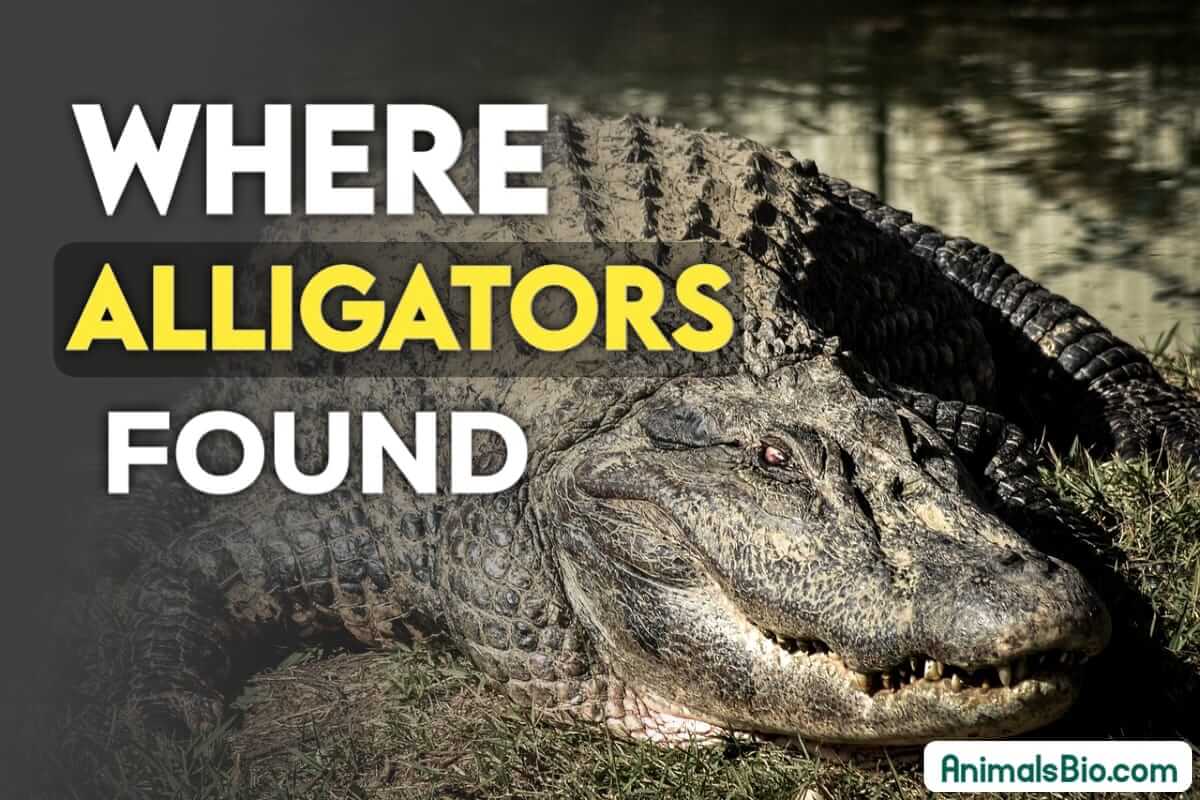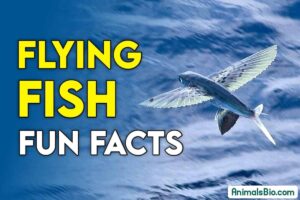In the southeast part of the United States, there are dark, muddy waters. This area has beautiful swamps, marshes, and rivers. In these places lives a creature that many people find interesting: the alligator.
Alligators are big reptiles with strong bodies and jaws. They are famous symbols of the diverse ecosystems in this region. In this article, we will go on a journey to learn about where alligators live. We’ll explore their wetland homes and understand more about how they live.
Where Are Alligators Found
Here’s a breakdown of their natural habitat:
Swamps and Marshes:
Alligators mainly live in the southeastern part of the United States. They’re found in states like Florida, Louisiana, Georgia, Alabama, Mississippi, South Carolina, and Texas. Alligators like to live in wet places, such as swamps, marshes, rivers, lakes, and coastal estuaries.
These areas have lots of water and are home to many different plants and animals. The water in these places is mostly fresh, which is important for alligators to survive. They need this water to drink and hunt for food.
The wetlands are also home to many other living things, like plants and animals. Alligators are just one part of the rich ecosystem that thrives in these watery habitats.
Rivers and Lakes: Navigating the Waterways
Alligators feel comfortable in slow-moving rivers and lakes, where they spend their time searching for food. These bodies of freshwater are murky and provide a home to many different animals that alligators like to eat.
From fish and crustaceans to waterfowl and even larger mammals, there’s plenty for them to hunt. Even though alligators are big, they’re also good swimmers. They can move through the water easily, thanks to their strong tails and feet that are like webs.
This helps them navigate through rivers and lakes without any trouble. Despite their size, they’re surprisingly agile in the water, making them effective predators in their watery homes.
Suggested Article : How Long Can a Tortoise Live
Coastal Estuaries:
In coastal areas, you might spot alligators in brackish waters close to estuaries. Estuaries are where freshwater rivers mix with the salty sea. Although alligators like freshwater more, they can live in slightly salty places too.
Estuaries are special because they have a mix of freshwater and saltwater animals and plants. This gives alligators more options for what to eat and where to live. Despite their preference for freshwater, alligators are flexible and can adjust to different environments.
This adaptability helps them thrive in diverse habitats, from swamps and rivers to coastal estuaries. In these brackish waters, alligators continue their role as top predators, playing a vital part in maintaining the balance of coastal ecosystems.
Man-made Habitats: Alligators in Human Landscapes
Alligators aren’t limited to natural habitats and can also live in human-made places like reservoirs and canals. When humans change the land, it can create homes for alligators too, especially if there’s enough water and food.
But sometimes, having alligators close to where people live can cause problems. Alligators might wander into neighborhoods or places where people swim or play. This can lead to conflicts between humans and alligators. So, it’s important for people to manage and protect these animals carefully.
Conservation efforts help make sure that alligators can live safely in their habitats without causing trouble for people. By respecting their space and understanding their behavior, we can live alongside these fascinating creatures peacefully.
The Role of Alligators in Ecosystems
Alligators are vital for keeping their ecosystems healthy as they are the top predators. They help keep the number of prey animals in check, which helps keep the balance of the wetland habitats just right.
By eating smaller animals, alligators indirectly affect how plants grow and how nutrients move around. This shapes how the wetlands work. Protecting the places where alligators live is super important.
If we don’t, not only will alligators be at risk, but the whole wetland ecosystem could suffer. Conservation efforts make sure alligators have safe places to live and thrive.
This is not just good for the alligators themselves but also for all the other plants and animals that rely on healthy wetlands. So, by protecting alligator habitats, we’re helping to keep entire ecosystems strong and resilient.
Conclusion
In the southeastern United States, among the intricate maze of waterways and dense vegetation of swamps and marshes, alligators rule. Their natural homes form a patchwork of wetland environments, showcasing the remarkable resilience and adaptability of these ancient reptiles.
Exploring their watery realm allows us to truly understand the crucial role alligators play in shaping the landscapes they live in and the ecosystems they belong to. As caretakers of the environment, it’s our duty to protect alligator habitats.
By safeguarding these iconic creatures and the diverse array of life they sustain, we ensure the preservation of the precious biodiversity found in these wetlands.
Let us cherish and safeguard the homes of these magnificent creatures, for they are integral to the health and balance of the ecosystems they inhabit.
Source
National zoo si edu
Wikipedia org
Frequently Asked Questions (FAQ)
Where do Alligators Live ?
Alligators primarily live in the southeastern United States, inhabiting wetland environments such as swamps, marshes, rivers, lakes, and coastal estuaries. They can also be found in man-made bodies of water like reservoirs and canals.
Where do Alligators live Around the World ?
Alligators are native to the southeastern United States, primarily inhabiting states like Florida, Louisiana, Georgia, Alabama, Mississippi, South Carolina, and Texas. They are not found naturally in other parts of the world.
Where do Alligators live in the Ocean ?
Alligators do not typically live in the ocean. They are primarily freshwater reptiles and are found in wetland environments such as swamps, marshes, rivers, lakes, and coastal estuaries. While they may venture into brackish waters near coastal areas, they do not inhabit the open ocean.
What is an Alligators Lifespan ?
Alligators typically live for several decades in the wild, with an average lifespan ranging from 35 to 50 years. However, in captivity, they may live even longer, sometimes reaching up to 60 or more years.
What do Alligators Eat ?
Alligators are carnivores creatures, which means they primarily eat meat. Their diet consists of a variety of animals including fish, turtles, birds, mammals, and even smaller alligators.
They are opportunistic feeders and will consume whatever prey is readily available in their habitat. Alligators hunt by ambushing their prey, using their powerful jaws to capture and consume their meals.






